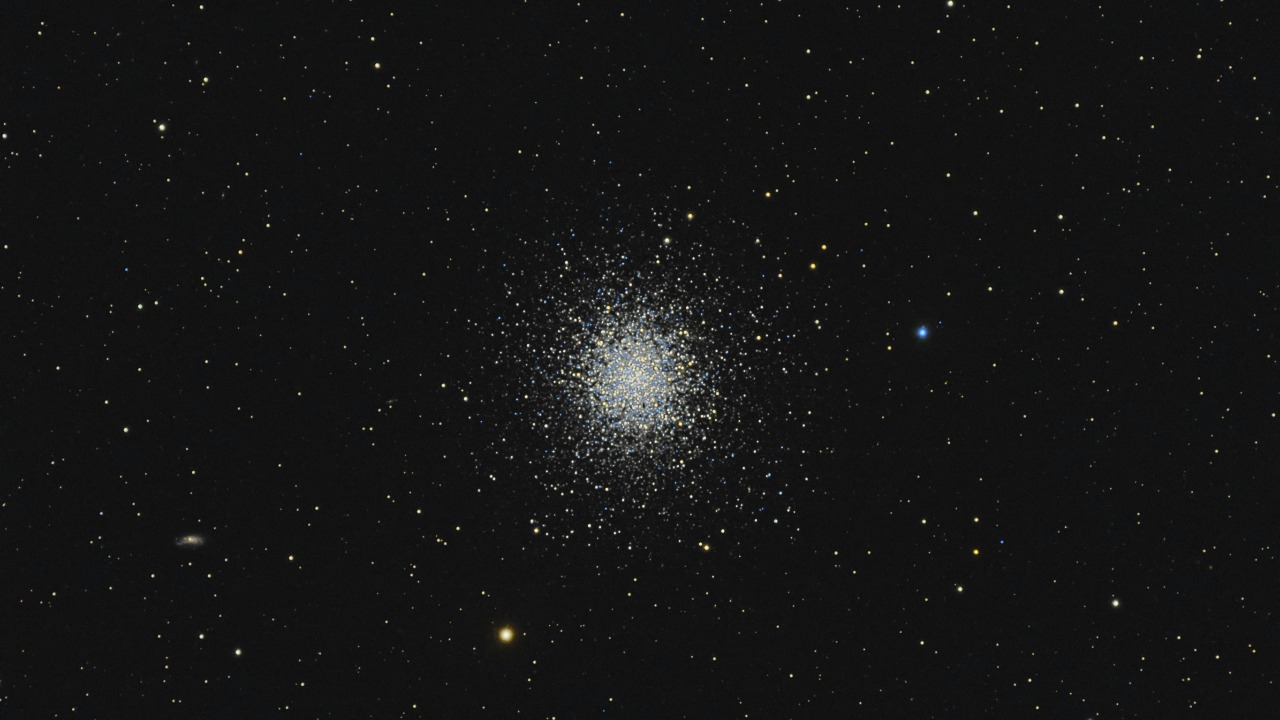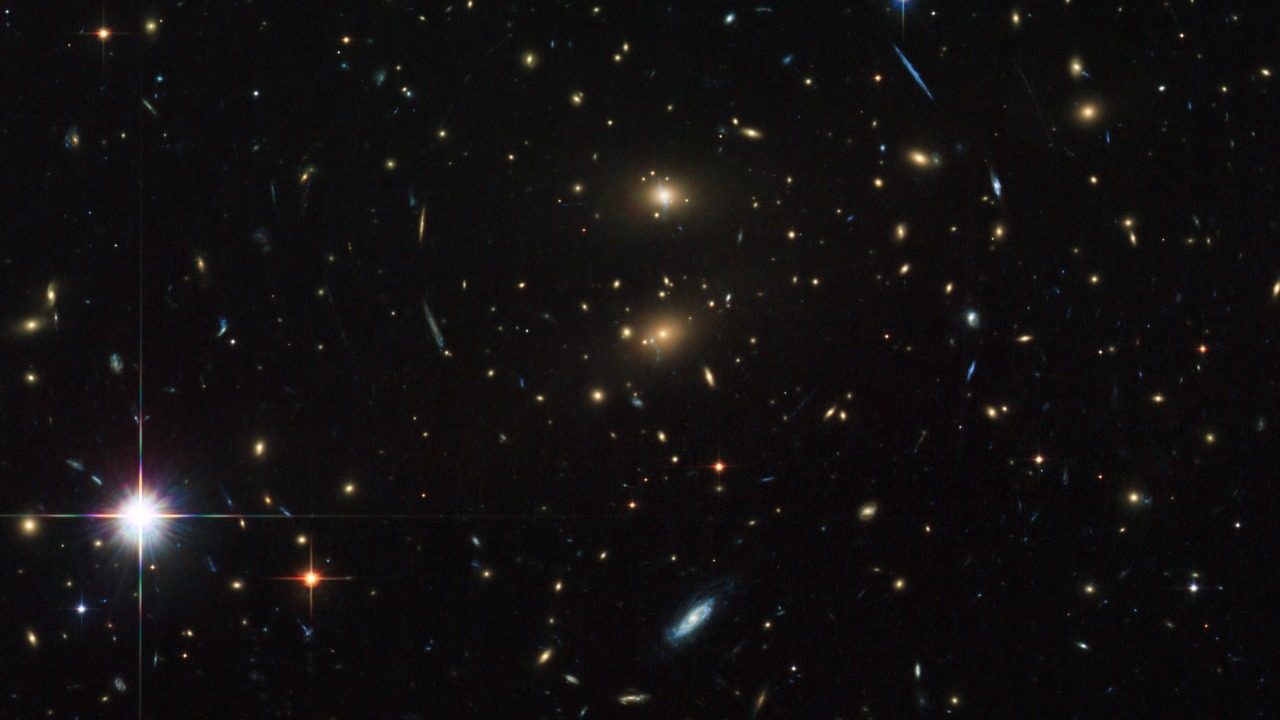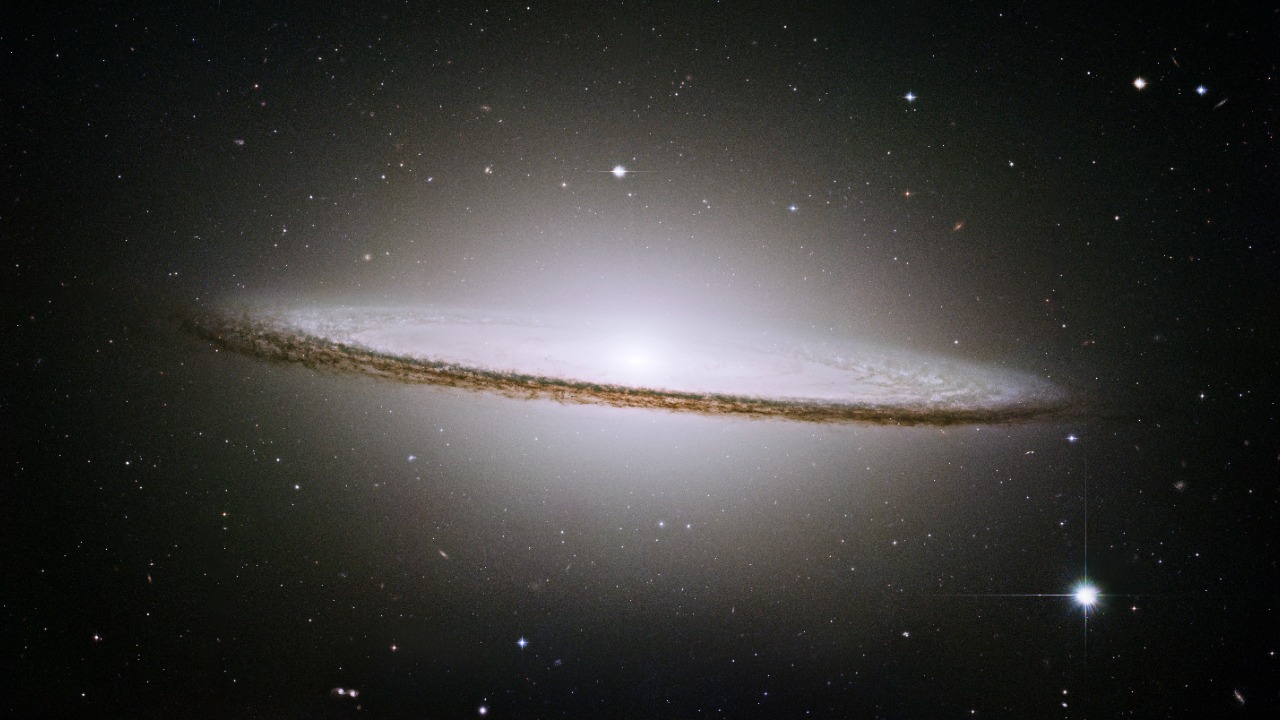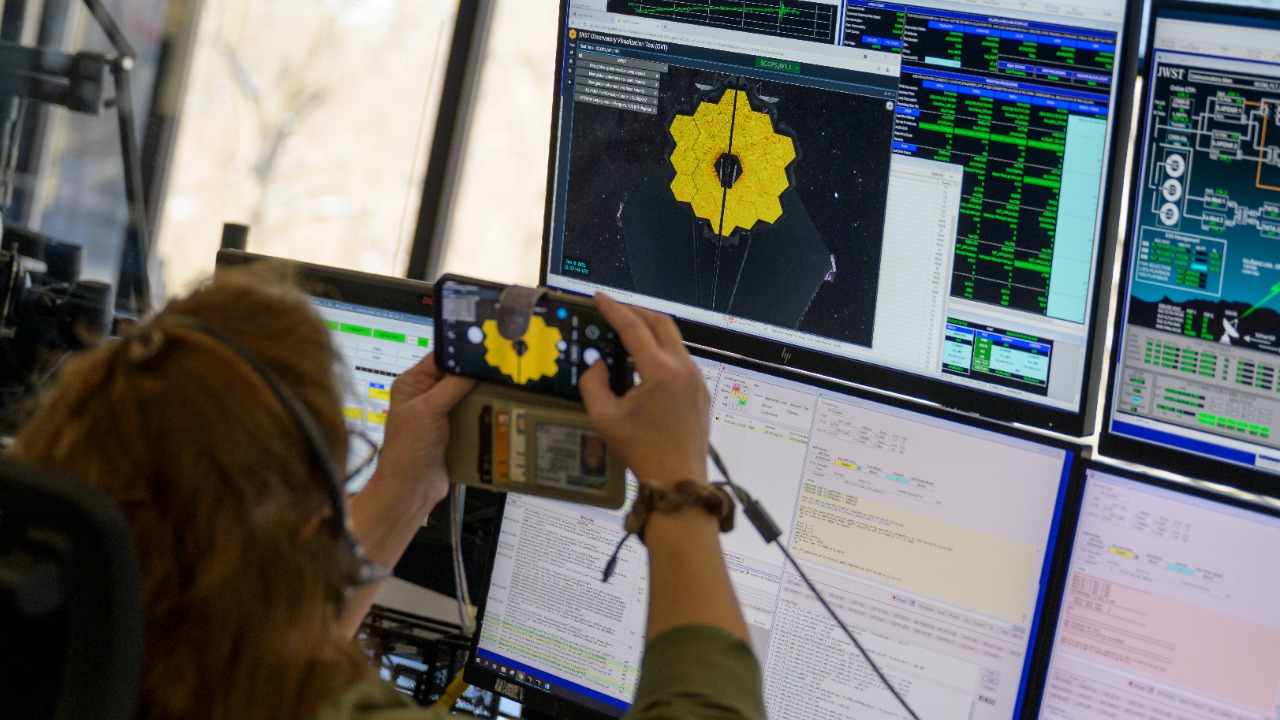
Astronomers have successfully charted a colossal cluster of galaxies, extending billions of light years. This unprecedented exploration into cosmic structures could provide new insights into the Universe’s formation and evolution, changing our understanding of Astrophysics and Cosmology.
Discovery of the Gigantic Galaxy Cluster

The discovery of this colossal galaxy cluster is a testament to the relentless work of astronomers worldwide. A team of scientists, utilizing state-of-the-art tools and technology, made this groundbreaking discovery. By observing the light from distant galaxies, they were able to map the vast expanse of this cluster, which stretches across billions of light years.
This galaxy cluster is so colossal that it encompasses numerous galaxies, each containing billions of stars. The geographic extent of this cluster is truly mind-boggling, further emphasizing the enormity of the universe we inhabit. The discovery has been made possible thanks to advancements in astronomical tools and technology, like cutting-edge telescopes and sophisticated data analysis techniques. More information about the discovery can be found in this report.
Unraveling Cosmic Mysteries

The mapping of this galaxy cluster provides a unique opportunity to understand the structure of the Universe. It aids in studying the distribution of dark matter, an elusive substance that greatly influences the formation of large-scale structures like galaxy clusters. The role of gravity, as a binding force, is also evident in these structures and can be further examined by studying this colossal cluster.
The discovery and subsequent mapping of this galaxy cluster could offer valuable insights into the Big Bang theory, the prevailing cosmological model for the Universe’s origin. By studying the galaxies within this cluster, astronomers can glean information about the early stages of the Universe, shedding light on its formation and evolution. A detailed discussion on the subject can be found in this journal.
Challenges in Mapping Galaxy Clusters

Mapping galaxy clusters of such magnitude is not without its challenges. The sheer size of these structures, combined with the vast distances involved, poses significant difficulties for astronomers. Additionally, the observation and analysis of light from distant galaxies require advanced technology and sophisticated data interpretation techniques.
Current astronomical instruments and technology, while impressive, have their limitations. The ability to observe distant cosmic structures is limited by the resolution and sensitivity of telescopes. To further explore these colossal structures, there is a need for advancements in technology, including more powerful telescopes and more sophisticated data analysis methods. More on these challenges can be found in this article.
Implications for Astrophysics and Cosmology

The discovery of this colossal galaxy cluster has significant implications for the field of Astrophysics. It provides a unique opportunity to study the characteristics of galaxies and their distribution, which can offer valuable insights into the structure and evolution of the Universe. It also raises important questions about the nature of dark matter and its role in the formation of large-scale cosmic structures.
This discovery also has potential ramifications for Cosmology, the study of the Universe’s origin and evolution. By studying this galaxy cluster, scientists can refine their understanding of the Big Bang theory and potentially lead to new theories or models in this scientific field. More on the implications of such discoveries can be found in this book.
The Future of Galaxy Cluster Exploration

Despite the challenges, the future of galaxy cluster exploration looks promising. Scientists worldwide are planning to explore and map additional galaxy clusters, with the aim of furthering our understanding of the Universe. Upcoming space missions and telescopes, such as the James Webb Space Telescope, are expected to play a pivotal role in this endeavor.
With advancements in technology and the growing interest in Astronomy, the potential for further discoveries and breakthroughs is endless. As we continue to explore the vast expanse of the Universe, we might uncover more colossal galaxy clusters and maybe even unravel the mysteries of dark matter. The future of galaxy cluster exploration can be further explored in this feature.